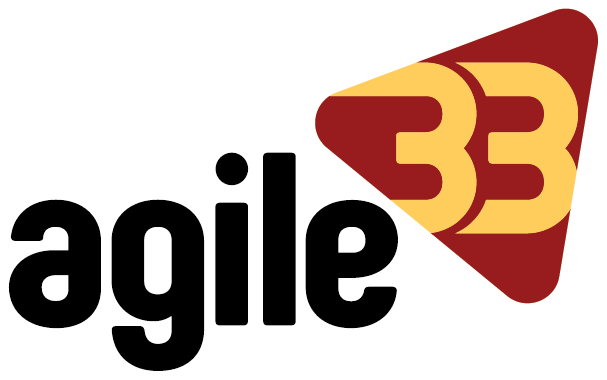
As organizations grow and evolve, so do their technology leadership needs. Two key roles often come into focus: the Chief Technology Officer (CTO) and the Chief Information Officer (CIO). Although both are executive-level positions responsible for technology strategy, their responsibilities, focus areas, and value to the business differ significantly.
Knowing which role fits your company best can shape your success across innovation, operations, and digital performance.
What Does a CTO Do?
A CTO primarily focuses on how technology can advance the company externally—through products, platforms, and services. They work closely with development and engineering teams to create solutions that drive customer value and enable business growth. In many cases, the CTO sets the vision for how technology supports competitive advantage.
Key focus areas:
· Technical direction for product development
· Architecture design for scalable platforms
· Oversight of software engineering and R&D teams
· Adopting new tools to support innovation
· Enhancing user experience through technology
CTOs are often most impactful in tech-centric or product-led companies where technology is a core part of the value proposition.
What Does a CIO Do?
A CIO, on the other hand, is focused on internal operations. Their primary responsibility is ensuring that the company’s IT systems, infrastructure, and data flows support business efficiency, productivity, and security. The CIO also helps integrate technology across departments to streamline processes and reduce operational friction.
Key focus areas:
· IT infrastructure management
· Cybersecurity and compliance oversight
· Internal system upgrades and integration
· Vendor and software lifecycle management
· Budget planning and technology ROI tracking
CIOs are especially vital in companies where operational stability and information systems play a major role in enabling day-to-day business functions.
CTO vs. CIO: The Core Differences
While both roles require deep technical expertise, they serve different missions:
· CTO = Future-forward, product-focused, outward-looking
· CIO = Process-driven, operations-focused, inward-looking
A CTO is more likely to ask, “How can we use technology to build better products?”
A CIO is more likely to ask, “How can we use technology to improve how we work?”
Which Role Is Right for Your Business?
The right choice depends on your organization’s priorities:
Choose a CTO if:
· You’re building or scaling a digital product
· Technology plays a direct role in customer value
· You need leadership in innovation and architecture
Choose a CIO if:
· Operational efficiency and system integration are top of mind
· Cybersecurity and regulatory compliance are key concerns
· You need better oversight of internal IT strategy and performance
In many cases, growing companies start with one role and introduce the other as complexity increases.
Deciding between a CTO and a CIO isn’t about choosing who’s more important—it’s about identifying which leadership role aligns best with your goals. When defined clearly, each role brings unique strengths to the table. And when both work in tandem, they create a strong foundation for scalable, sustainable growth—both internally and in the marketplace.
